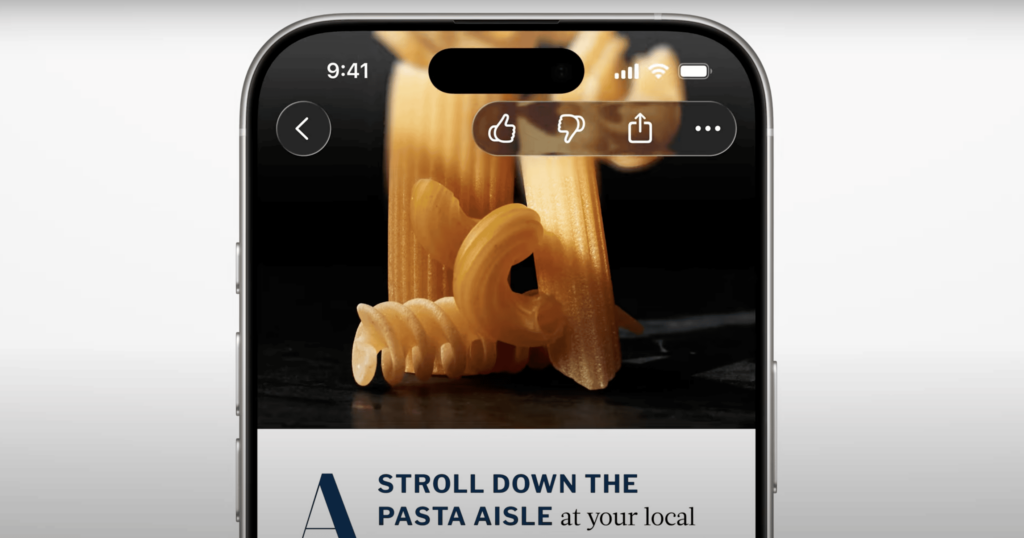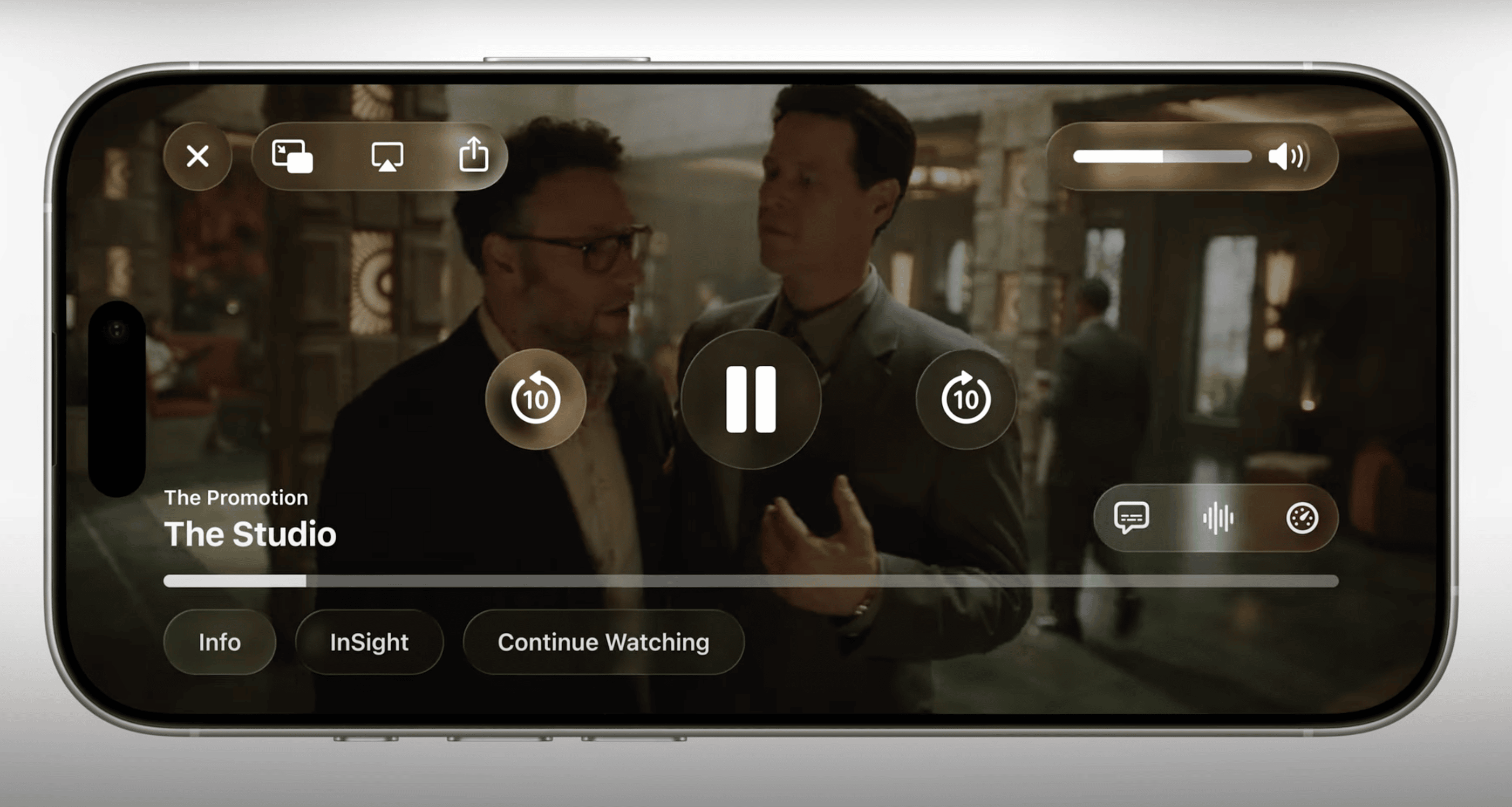At WWDC 2025, Apple unveiled its most dramatic user interface redesign in over a decade — a sweeping visual overhaul named Liquid Glass that redefines the look and feel of iOS 26, macOS 26, and iPadOS 26. This fresh design language promises a more fluid, translucent, and immersive experience, signalling Apple’s vision for the future of personal computing.
A new era of interface design
Apple’s Liquid Glass introduces a radical aesthetic that blends transparency, depth, and subtle animations to create an interface that feels alive and responsive. The interface layers resemble molten glass, with blurred backgrounds and softly glowing elements that dynamically shift as users interact. This effect is intended to make navigation feel intuitive, with seamless transitions that reduce visual clutter while highlighting key content.
According to Apple’s Human Interface Team lead, this redesign focuses on clarity and context, helping users stay oriented in complex workflows while maintaining a sense of continuity across devices.
For African users and developers, this could mark a turning point in how apps engage users on mobile and desktop platforms. The new design encourages apps to be more context-aware and visually integrated, opening doors for local creators to build products that feel native to Apple’s ecosystem.

During the keynote, Tim Cook emphasised that the new design is about “bringing technology closer to people’s lives in a way that feels natural and magical.” He highlighted how Liquid Glass is designed to “make every interaction meaningful and delightful, whether on iPhone, iPad, or Mac.”
While the update may demand an initial learning curve, Apple assured that it preserves accessibility and performance, keeping the experience smooth even on older devices.
Read also: WWDC 2025: Everything announced and what it means for you
What’s new compared to past versions?
Liquid Glass is Apple’s boldest departure from its flat design era that began with iOS 7 back in 2013. While Apple has incrementally refined its UI over the years, the new design is a complete rethink:
- Dynamic translucency replaces rigid, static backgrounds, giving a sense of depth and layering that adjusts with user focus.
- The use of animated shadows and reflections adds a tactile feel to icons, buttons, and menus, improving usability, especially on larger screens like iPads and Macs.
- Adaptive lighting shifts UI elements’ brightness and hue based on time of day and ambient light, enhancing eye comfort.
- Gesture-driven interactions are now visually accompanied by fluid animations, making the user experience more intuitive and enjoyable.
These changes are implemented system-wide — from the revamped Control Centre and Notification Shade to redesigned widgets and app icons.
What does Liquid Glass mean for founders, developers and designers?
For founders, product managers, and developers in Africa, Apple’s Liquid Glass is more than just a cosmetic update. It signals the need to rethink how apps are designed for an evolving, premium user experience that blends utility with aesthetics.
Local developers will need to update their UI kits and design systems to align with Liquid Glass standards, or risk their apps feeling outdated. This is particularly important for fintech, edtech, and healthtech apps, where clarity and usability are crucial.
Moreover, Apple’s emphasis on fluid animations and dynamic layouts could inspire African UI/UX professionals to push boundaries, creating new interactive experiences tailored to mobile-first users across the continent.
Apple’s Liquid Glass is not just about visual appeal — it reflects a deeper shift toward contextual computing, where devices anticipate and adapt to user needs seamlessly. For the African tech ecosystem, this can be a catalyst that pushes startups to innovate beyond functionality and focus on emotional and sensory user experiences.
In markets where smartphone penetration continues to rise rapidly and where users demand apps that are both fast and beautiful, the adoption of Liquid Glass design principles could become a competitive advantage. African founders who embrace this design ethos early may better capture the growing middle-class consumer base that values premium, polished digital experiences.
Additionally, with many African tech hubs experimenting with augmented reality (AR) and AI-driven apps, the integration of Liquid Glass UI with Apple’s emerging hardware (like Vision Pro) presents exciting possibilities for mixed-reality experiences designed for local contexts.
What’s next?
Developers should prepare for the official Liquid Glass UI guidelines release, expected later this year, which will offer detailed specs for updating apps. Early adopters in Africa could gain a competitive edge by showcasing apps that embrace the new aesthetic.
Meanwhile, watch how Apple’s design impacts the African developer community’s creativity and how startups incorporate these visual and interaction principles to appeal to both local and global markets.
Get passive updates on African tech & startups
View and choose the stories to interact with on our WhatsApp Channel
Explore




